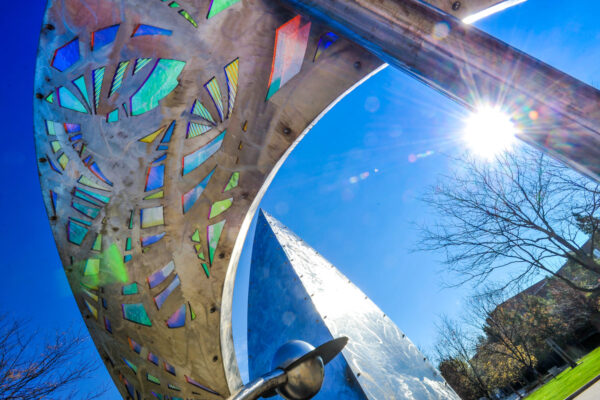Many recent studies of competency-based education (CBE) have focused on the types of CBE used by institutions, as well as on which specific institutions now offer CBE programs.
Yet the first of three new studies on CBE just released by ACE, Ellucian and Eduventures, “Deconstructing CBE: An Assessment of Institutional Activity, Goals, and Challenges in Higher Education,” takes a deeper dive into the diversity of practice that exists across a spectrum of schools that deploy CBE. The study responds to questions like “is CBE mostly used at the program, course or sub-course level?” and “to what extent are measurable competencies, personalized curriculum and personalized progress reports used across CBE portfolios?”
The strength of the collaboration represents the reach, research and solutions provided to the higher education community by the three surveying organizations and is an important factor in the three-year initiative.
As CBE gains broader popularity and acceptance within higher education practitioner circles and within the policy, employer and government sectors, it is becoming increasingly important to understand certain subtleties about this approach to teaching and learning that extend beyond the basics. Institutions of higher education that are considering developing CBE programs and courses are searching for solutions to how faculty design the needed competencies and how to achieve them, as well as how to assess them; how faculty teach to competencies instead of to seat time and standardized grading metrics; how to support both faculty and students in CBE programs; how to set up back-end systems that support CBE programs and completion of those programs; and many other questions.
Our study does not profess to answer all these questions for institutions thinking about developing CBE programs, but it does provide much-needed data on how many, and which kinds, of institutions are working to respond to and solve such CBE challenges. A large number of institutions responded to the survey, from across the differing sectors of higher education, representing a diversity of approaches to CBE. The evidence in the 251 responses we received suggests that a broader scale and deeper impact of CBE will depend in part on customized and localized CBE program development.
“Deconstructing CBE” uses a scoring instrument for institutions with CBE programs (or who are developing CBE programs) that uses the following dimensions:
- Scope: extent and range of CBE activity
- Attributes: CBE offerings, characteristics, and features
- Operations: CBE governance, roles, support services and platform tools
- Outcomes: CBE performance
- Commitment: institutional or departmental support for CBE going forward
Each participating institution in the study receives a customized score that represents where they fall along the dimensions listed above.
Toward the end of the report, several short case studies that profile institutions with CBE programs provide portraits of CBE practice. These case studies provide concrete examples of how the questions in the study are being answered by actual users of CBE.
As the momentum of CBE grows into conversations not just among higher education leaders but also among policy makers and government officials and into the discussions employers are having with institutions, more and more individuals are turning to researchers and practice leaders to gain the information and understanding they need to make competent decisions around competency-based education. The “Deconstructing CBE” study is now another instrument in the toolkit for those searching for both self-reported information and new data around how CBE is being deployed.
If you have any questions or comments about this blog post, please contact us.


